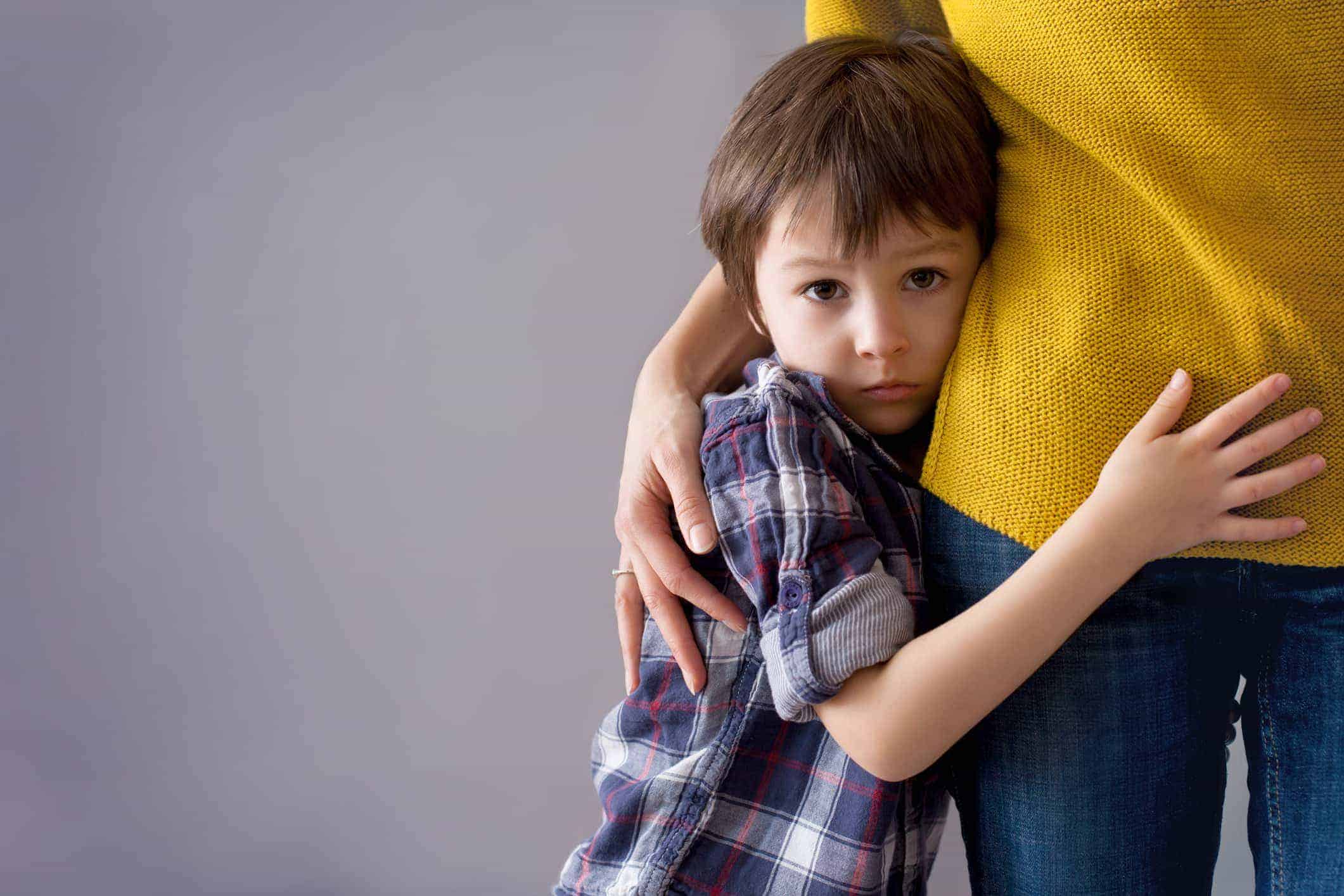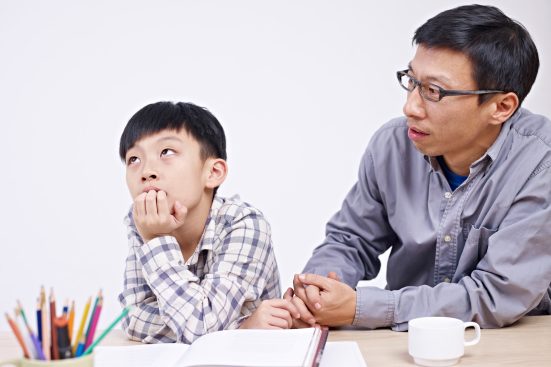“My daughter is having problems with the girls in her class. I know we should talk about it – but every time I bring it up, she shuts it down. She just doesn’t want to talk with me about it. What should I do?
Does this sound familiar? Are you working on helping your own children talk about things they don’t really want to talk about?
If so, welcome to my world! 🙂 🙂
As a child psychologist, I know full well that helping children communicate about tricky topics is very difficult at times. It’s something I work on with kids constantly. Here’s a few things to know and a few things to try.
3 things to know about kids “not talking”
1. It’s quite normal for some children to not be interested in discussing difficult topics.
Unlike some adults, children often do not want to talk about difficult situations.
Sometimes this is because a child is not as concerned about the situation as we as adults are.
Sometimes this is because a child doesn’t know how to talk about it – or is finding it difficult to find the words to express themselves.
Sometimes this is because a child feels anxious or uncomfortable talking about the situation (ie, perhaps they don’t want to upset someone, or perhaps they are worried about getting in trouble).
Regardless of the reason, it’s very normal for kids to want to avoid sitting and talking – and to prefer to play, watch videos or game than talk about a difficult situation.
2. Children don’t always really need to talk about it difficult situations.
It’s important to know that sometimes “it’s okay” for children not to talk about difficult situations. Adults often worry that children are not “processing” something because they are not talking about it. However unlike adults, kids don’t always need to use words to cope with difficult situations. Sometimes they can effectively work through emotions and tell adults important stuff via playing. It’s not the case that children must talk to “sort things through”. Sometimes we can just let it go.
3. However at other times – children do need to talk with us.
There are some times when children do need to spend some – at least short periods of – time talking to adults about difficult situations.
For example, sometimes we need to talk to kids in order to teach them something.
Sometimes we need to talk to kids to find out some details about something.
Sometimes we need to talk with children when they are clearly struggling to manage a situation.
In these cases, talking helps them learn, helps us help them – and gives us information we need. In other words – and I say this to kids – “part of the job of living in a family is talking to adults/carers”
In this case, even though we might need to make some short communication a “no choice” activity, we want to do it in a way which is as easy and painless as possible.
It’s worth spending some time working hard at making it easy for kids to talk. If kids experience conversations with us as painful and annoying, they are less likely to do it spontaneously next time.
Here are 5 tricks to try to help children talk to us.
1. Make the conversation short and questions easy to answer
Kids’ attention spans are much shorter than ours. They get bored quickly! To make it less painful, we can tell children we will be as fast as we can, for example:
“I know you don’t really want to talk about this, but I need to have a quick chat with you about it. Let’s put the timer on and just do 6 minutes and then you can go play.”
In addition, we should use short sentences, ask short (and easy to answer) questions and say less than we think we need to.
2. Less eye contact
We don’t need to force children to be looking at us the entire time we talk. We might have some short periods of time where we ask them to look at us (depending on how they cope with this), and then other times where we give them something else to look at to make the conversation more fun and relaxed for them.
For example, I’ve had some great conversations with children who are using fiddle toys while talking to me, patting a dog in their lap while talking or while drawing or building blocks. In fact, often the best conversations happen while I’m also using a fiddle toy, patting the dog or drawing too.
3. Use visuals
A third way to help children talk is to use visual objects, diagrams, graphs or props to help them explain themselves. This helps them to be able to communicate more clearly, helps them understand what we are asking and makes it more fun.
For example, I often use a scale from one to ten (how worried are you about this right now) or with different faces on it (point to which emotion face was most like yours today), with people on it (let’s draw your friends’ faces – now which person did you have the most fun with this week/who did you feel most nervous with).
I will also often use puppets, figurines and dolls (let’s pretend you are this one, and she was this one – you say what she said and I will say what you said) .
I’ll also frequently use drawings – not just as a way to give kids the option of less eye contact, but also as a way they can explain themselves to me (hey, here are three boxes – draw what happened first in this box, and then what happened next in this box)
4. Make communication game based
Another way to make communication easier is to turn it into a simple game. This doesnt have to be elaborate. For example, I will often spend two seconds drawing up a roughly drawn up ladder on scrap paper and open online dice web page – for the chance to ask questions and go up the ladder to the end. I might find a container and rip up paper with questions on it to put in the container and take turns in taking them out. I might use a ball to throw back and forth between us in taking turns to answer questions. I might get the child to draw a tick every time they give me a detail about a situation – and put them all in a circle to see how many details we can get until the circle is full.
5. Intersperse conversations with more “fun” activities
In the clinic I will almost always use a timer to use to help children stay motivated on “working” with me. We will set 10 minutes of “working” and then 3 minutes of youtube/gaming/reading/playing indoor soccer (depending of course on the age of the child and their interests).
Using these strategies can help children be a little less reluctant to talk and help them to practice important communication skills. Of course, the most important way to help children communicate with us is to make sure we act in loving, trust-worthy and caring ways – and be patient – with them and with ourselves. Best wishes in your communication with your children.
On the left is a “School Day Talk” activity sheet which might work for your family – it includes a number of boxes children can choose from to provide information to you about – they can tick a couple of each day until they are all completed.



